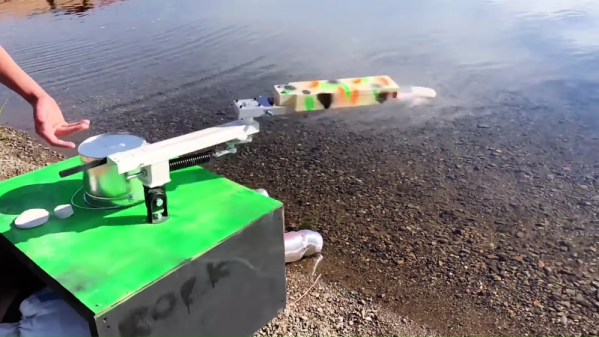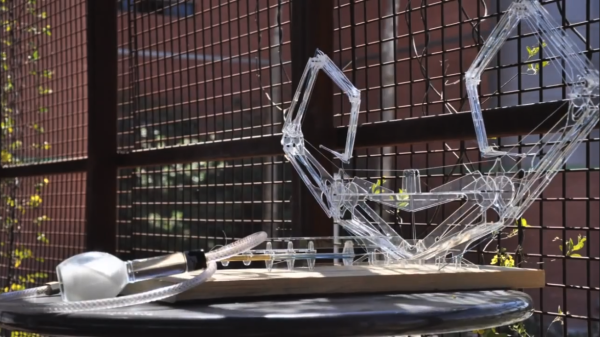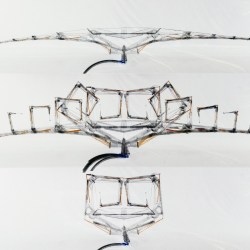Readers with not too many years under their belts may recall a time when the classic background sound effect for radio and television news programs included a staccato mechanical beat, presumably made by the bank of teletype machines somewhere in the studio, clattering out breaking stories onto rolls of yellow paper. It was certainly true that teletypes were an important part of the many communications networks that were strung together over the 20th century, but these noisy, greasy beasts had their day and are now largely museum pieces.
Which is exactly where the ancient Model 19 Teletype machine that [CuriousMarc] and company are restoring is destined. Their ongoing video series, six parts long as of this writing, documents in painstaking detail how this unit worked and how they are bringing it back to its 1930s glory. Teletypes were made to work over telephone lines with very limited bandwidth, and the hacks that went into transmitting text messages with a simple 5-bit encoding scheme are fascinating. The series covers the physical restoration of the machine, obviously well-loved during its long service with the US Navy. Of particular interest is the massive power supply with its Thyratron tubes and their mysterious blue glow.
The whole series is worth a watch if you’re even slightly interested in retrocomputing. We’re particularly taken with the mechanical aspects of these machines, though, which have a lot in common with mechanical calculators. [Al Williams] recently covered the non-replacement of the power supply caps for this unit, which is an interesting detour to this restoration.
Continue reading “Ancient Teletype Revived In Labor Of Retrocomputing Love”






















